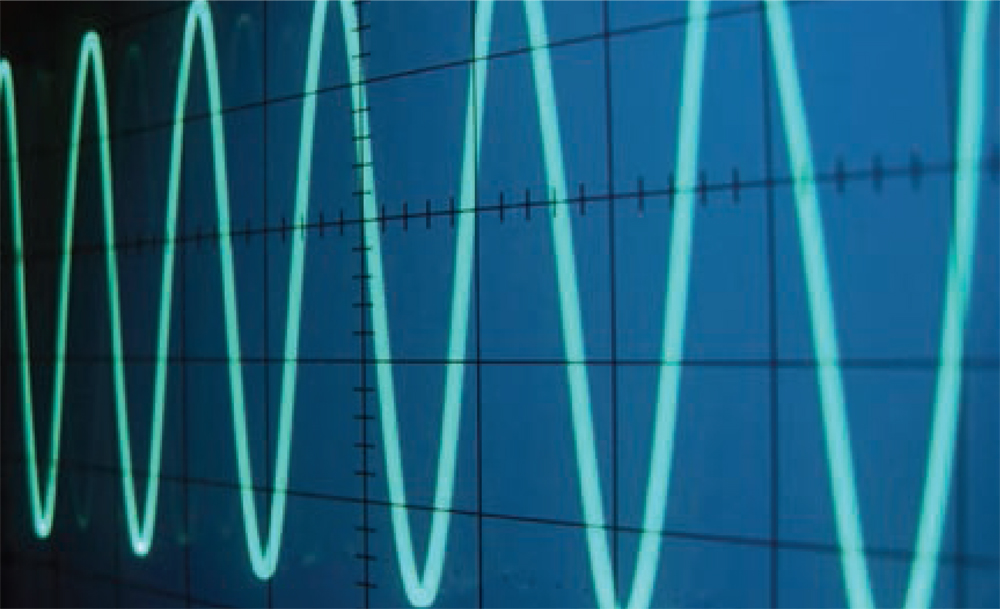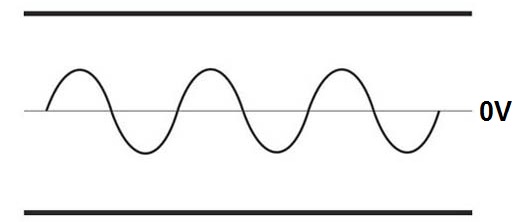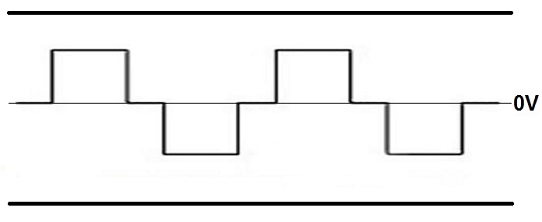The Don Rowe Blog
Feb 27
To Purchase A Pure Sine Wave Inverter, Or Not To Purchase Sine Wave Inverter

That is the question…I am asked most often. Unfortunately, a simple yes or no cannot accurately answer this question. I believe it depends on two factors, what are you powering with the inverter, and what is your budget. Before we break down that decision, let’s explore the technical differences between the two.
Pure sine wave vs Modified sine wave
Pure sine wave is an output that is equivalent to or better than our grid power. Different inverter manufacturers may use different terminology that means the same thing, like true sine wave or full sine wave. As you can see in the figure below the 120VAC pure sine wave voltage rises evenly at a smooth phase angle and falls evenly at a smooth angle, it also changes polarity instantly as it crosses 0V.
With modified sine wave the voltage rises and falls abruptly. The phase’s angle is not smooth and changes abruptly, resulting in a waveform that looks much like stairs. The modified sine wave also stays at 0V briefly before changing polarity. You cannot get an accurate voltage reading with a standard voltage meter, you must use a “True-RMS” meter to read modified sine wave.
How do I know if I need a pure sine wave inverter?
That is the million dollar question. If cost was not a factor I would recommend pure sine wave inverters for all applications, removing any guess work. Here an example of devices that require a pure sine wave inverter to function, or could be damaged with a modified sine wave inverter.
- Any medical equipment
- Devices with variable temperature control such as inductive cook tops or heating pads
- Laser printers
- Photographic strobes
- Digital timers and clocks
- Pellet stoves
- Variable speed tools
What’s left is a sea of devices that may or may not have performance issues. None of our devices have an indicator that lets us know whether or not we are going experience problems. This makes sense when we consider how stable our grid power is and that’s where the majority of the country is getting their AC power from. Here are some examples of devices and performance indicators to look for when diagnosing an incompatibility to modified sine wave.
- Motor driven devices that run slower and warmer like a table fan, refrigerator, pump, compressor, and tools
- Microwaves that run very loud and do not appear to heat up your food
- Laptops that do not charge or the AC adapter gets unusually warm
- Rechargeable batteries for tools that get warmer than normal or display fault lights
- TV or audio equipment that produces a buzzing noise
- Lighting that flickers or buzzes
- Small devices that plug directly into a AC receptacle to recharge, such as a flashlight, razor, or toothbrush.
Choosing between modified and pure sine wave inverters is a balance of budget and desired use. I feel modified sine wave inverters have their purpose in many applications where you are not running sensitive electronics or infrequent use like rare outages, field work, or road trips. Just remember with any inverter purchase, especially modified sine wave inverters, to do a test run where you can be present to observe the inverter working and your devices operating correctly. If you need any help selecting an inverter or have some general questions, please contact us at 800-367-3019 or Patrick@donrowe.com.

